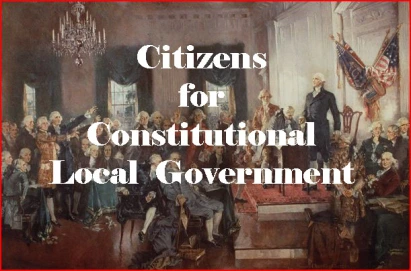The surprising opinion by the AZ Supreme Court in the 1864 abortion law[1] is an excellent learning tool for HOA advocates on how opinions are reached. The Court went to length to explain the affected laws and how the courts, in general, proceed to interpret the statutes upon which a case is based.
Here are some key take-away reasonings (emphasis added).
- [T]he question presented is . . . whether the later statutes “repeal or otherwise limit” the earlier statute.
- Clear and unequivocal language determines a statute’s meaning, reading each word, phrase, clause, and sentence in such a way to ensure no part of the statute is void or trivial.
- This analytical approach is premised on foundational trust in legislative competency, and this Court “presume[s] that the legislature knows the existing laws when it enacts or modifies a statute.”
- If the statutory language is ambiguous . . . we may use alternative methods of statutory construction, including examining the rule’s historical background, its spirit and purpose, and the effects and consequences of competing interpretations.
- “A statute is not ambiguous merely because the parties disagree about its meaning,” it is ambiguous if the “meaning is not evident after examining the statute’s text as a whole or considering statutes relating to the same subject or general purpose.”
In my view the above “rules” allows the court to defend its opinion, sometimes evident that it was previously decided no matter what. “We will give him a fair trial before we hang him.”
As to the opinion itself, the Justices recite a series of legislative statutes and amendments on abortion rights over the years. In consideration of the above, please be patient and see what a court may have to deal with.
- The federal 1864 statute applied to the Arizona Territory (1901) and adopted by the State of Arizona in 1913. In 1928 the AZ Legislature adopted statutes on abortion as a crime. ARS §§13-211 to – 213.
- In 1971 with Planned parent v. Marks the appellate court remanded back to the trial court that held the statutes were unconstitutional (1973). On appeal the statutes were considered constitutional. Subsequently, ROE was overturned.
- The AZ statute was inconsistent with ROE, making the AZ statute unconstitutional once again and did not allow enforcement of the AZ law ARS 13-211. See Nelson). The Legislature did not repeal ARS 13-211.
- In 1977 the statute was recodified as §13-3603.
- In June 2022, the Supreme Court overturned Roe, thereby eliminating the federal constitutional right to abortion and returning “the eliminating the federal constitutional right to abortion. (see Dobbs).
- FINALLY, in 1973 we have the runner up to today’s opinion when AG Brnovich and Planned parenthood fought over what law applies. The Court held that the 1864 law was never nullified nor repealed by the AZ statutes.
- The Court concluded: “We conclude that § 36-2322 does not create a right to, or otherwise provide independent statutory authority for, an abortion that otherwise provide independent statutory authority for, an abortion that repeals or restricts § 13-3603 . . . .”
Note 1. Planned Parenthood AZ v. Mayes, as AZ AG, No. CV-23-0005-PR (April 9, 2024).
